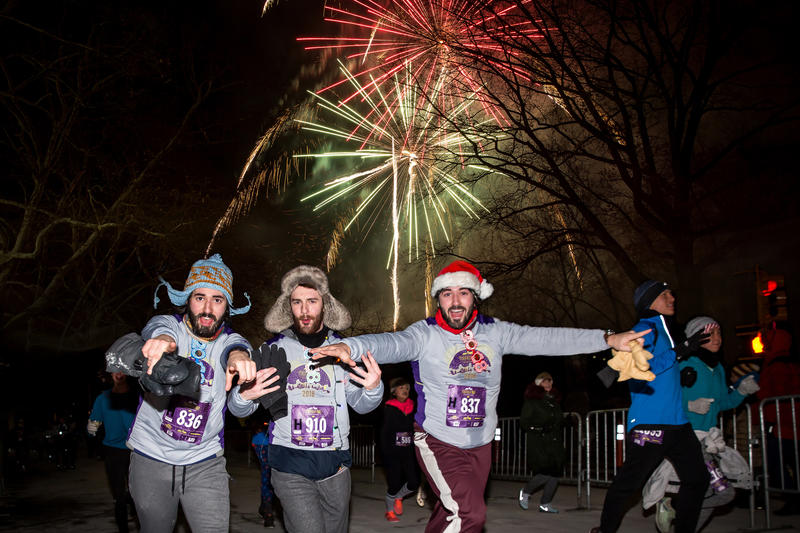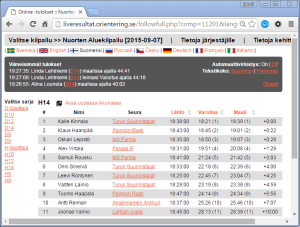

Grafana, preferably running in a container (but a bare-metal installation also works), with the ability to install plugins such as the CSV plugin.Podman, and I will show you how to install it.
 Ansible, which I'll show you how to install. Python 3, which is installed with most Linux distributions. Permission to install software as root on a Linux distribution (I use Fedora feel free to run any Linux distro that you like). How well do you know Linux? Take a quiz and get a badgeīefore you can start visualizing your data, you need:. Linux system administration skills assessment. A guide to installing applications on Linux. Download RHEL 9 at no charge through the Red Hat Developer program. Skip to bottom of list Skip to the bottom of list Create a dashboard that shows multiple views of the same data, including annotations. Set up a Podman container that provides access to your data in CSV format. I'll use my race results as the dataset for this tutorial, but you can use these instructions to create a Grafana dashboard to visualize another dataset of your choice. I downloaded a complete list of my race results into Excel format, massaged it a bit, and then asked more questions. Over the years, I've run many NYRR races, and I was curious about my running history. NYRR has one of the largest databases of races for many distances, from 5Ks to marathons. Time, commitment, and our never-ending mission to help and inspire people through running have made us the world's premier community running organization. It all started with a local running club of just 40 people, but over the past 60+ years, committed runners have joined us in droves. Our history is rich because we run with passion. Even if you're not a runner, you might have heard about its most famous race, the New York City Marathon. If you live or work in New York and running is your hobby, you may have run one of the New York Road Running (NYRR) races.
Ansible, which I'll show you how to install. Python 3, which is installed with most Linux distributions. Permission to install software as root on a Linux distribution (I use Fedora feel free to run any Linux distro that you like). How well do you know Linux? Take a quiz and get a badgeīefore you can start visualizing your data, you need:. Linux system administration skills assessment. A guide to installing applications on Linux. Download RHEL 9 at no charge through the Red Hat Developer program. Skip to bottom of list Skip to the bottom of list Create a dashboard that shows multiple views of the same data, including annotations. Set up a Podman container that provides access to your data in CSV format. I'll use my race results as the dataset for this tutorial, but you can use these instructions to create a Grafana dashboard to visualize another dataset of your choice. I downloaded a complete list of my race results into Excel format, massaged it a bit, and then asked more questions. Over the years, I've run many NYRR races, and I was curious about my running history. NYRR has one of the largest databases of races for many distances, from 5Ks to marathons. Time, commitment, and our never-ending mission to help and inspire people through running have made us the world's premier community running organization. It all started with a local running club of just 40 people, but over the past 60+ years, committed runners have joined us in droves. Our history is rich because we run with passion. Even if you're not a runner, you might have heard about its most famous race, the New York City Marathon. If you live or work in New York and running is your hobby, you may have run one of the New York Road Running (NYRR) races.








